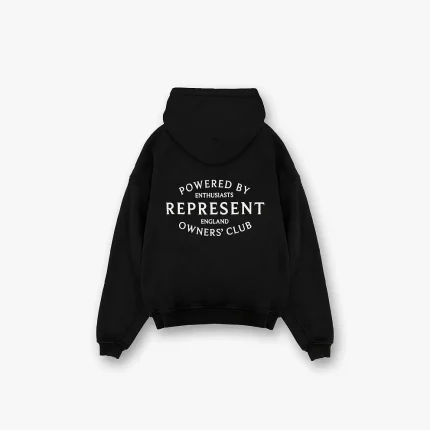
Fashion is more than a means of covering the body; it’s a powerful medium of self-expression, cultural identity, and creativity Represent Clothing Clothing has evolved over centuries, reflecting changing societal values, technological advancements, and individualistic trends. In the modern world, fashion serves as a visual language that conveys messages about personality, profession, mood, and even beliefs. This dynamic interplay between style, fabric, and personal identity has made clothing an integral part of human history and culture.
The Historical Roots of Clothing Early garments served to protect humans from the elements
Clothing has always held a dual purpose: practicality and symbolism. Early garments served to protect humans from the elements, with materials like animal hides and plant fibers forming rudimentary clothing. However, as societies advanced, clothing became a status symbol and a way to signify belonging. Ancient civilizations such as Egypt, Rome, and China used elaborate textiles, embroidery, and jewelry to denote social rank, wealth, and political power. Over time, clothing also became a canvas for storytelling, featuring motifs and designs reflective of myths, religions, and historical events. Cultural Significance and Identity
One of the most fascinating aspects of clothing is its ability to reflect cultural identity. Traditional attire around the world tells a story about heritage, geography, and values. For example, the intricate weaves of Indian sarees, the elegance of Japanese kimonos RepresentHoodie and the bold patterns of African Ankara fabric are not just garments but symbols of cultural pride and continuity. These traditional outfits have also inspired contemporary designers, who blend ancient motifs with modern silhouettes, keeping traditions alive while appealing to global tastes. The Role of Fashion in Self-Expression
Fashion today is deeply personal, often used to express individuality and creativity. From bold, avant-garde designs to minimalistic, timeless styles, clothing allows individuals to communicate who they are without uttering a word. Streetwear, for instance, has grown from urban subcultures to a global phenomenon, blending casual wear with artistic statements. Meanwhile, the resurgence of vintage clothing shows how people are reclaiming styles from the past to create a unique blend of old and new.
Clothing also reflects mood and purpose. A sharp suit can exude professionalism, while a flowing dress might symbolize freedom or romance. Bright, vibrant colors may convey confidence, whereas neutral tones can suggest sophistication or introspection. By choosing what to wear, people navigate the complex interplay of social norms and personal preference.
Sustainability in Fashion fashion industry grows, concerns
As the fashion industry grows, concerns about its environmental impact have led to a rise in sustainable practices. Clothing production often involves significant water use, energy consumption, and waste, prompting designers and consumers alike to rethink their choices. Sustainable fashion emphasizes ethical sourcing, upcycling, and the use of eco-friendly materials like organic cotton, bamboo, and recycled fabrics. The “slow fashion” movement challenges the disposable nature of fast fashion, encouraging consumers to invest in high-quality, timeless pieces that endure. Fashion as an Economic and Artistic Powerhouse
Beyond its cultural and personal significance, fashion is a multi-billion-dollar industry that drives economies and provides livelihoods worldwide Represent sweatpant Haute couture, with its bespoke creations, represents the artistic pinnacle of fashion, combining craftsmanship and innovation. Meanwhile, ready-to-wear collections cater to diverse audiences, democratizing access to style.
Fashion shows, red carpets, and social media have become platforms for designers to showcase their work, influence trends, and connect with consumers. With celebrities and influencers leading the charge, fashion is now a global conversation, transcending borders and uniting people through shared aesthetics and values.
Conclusion Clothing is more than fabric stitched together
Clothing is more than fabric stitched together; it’s a vibrant expression of human creativity and identity. Whether as a marker of tradition, a medium of artistic innovation, or a personal statement, fashion continues to evolve, reflecting the complexities and beauty of the world we live in. By embracing both its aesthetic appeal and its responsibility to the planet, the future of fashion promises to be as dynamic and diverse as the people it adorns.